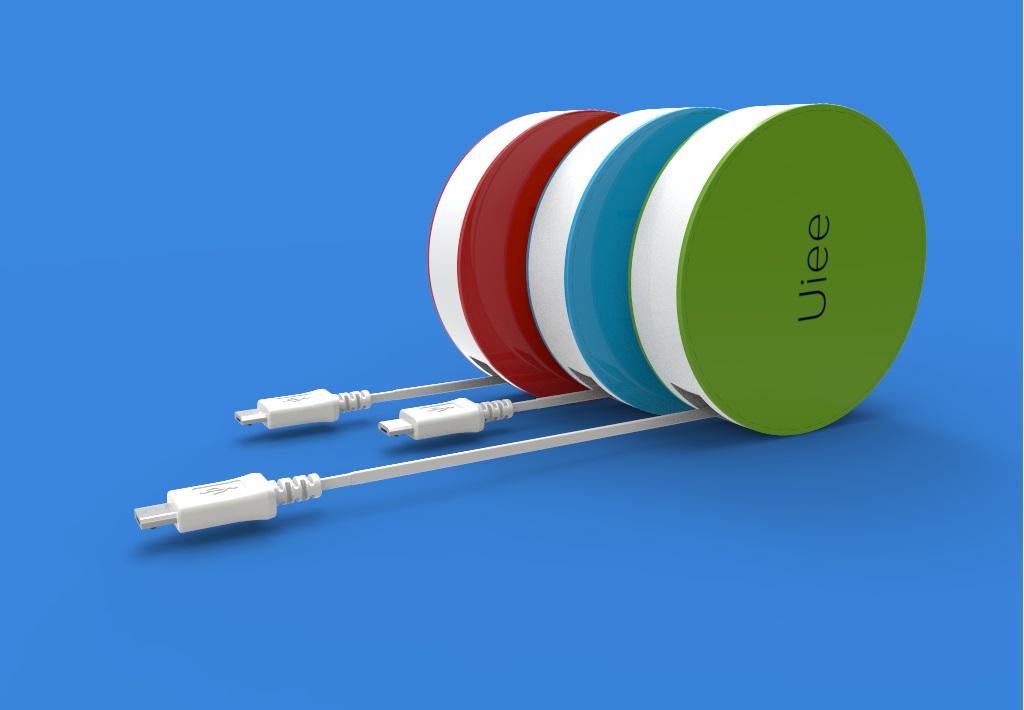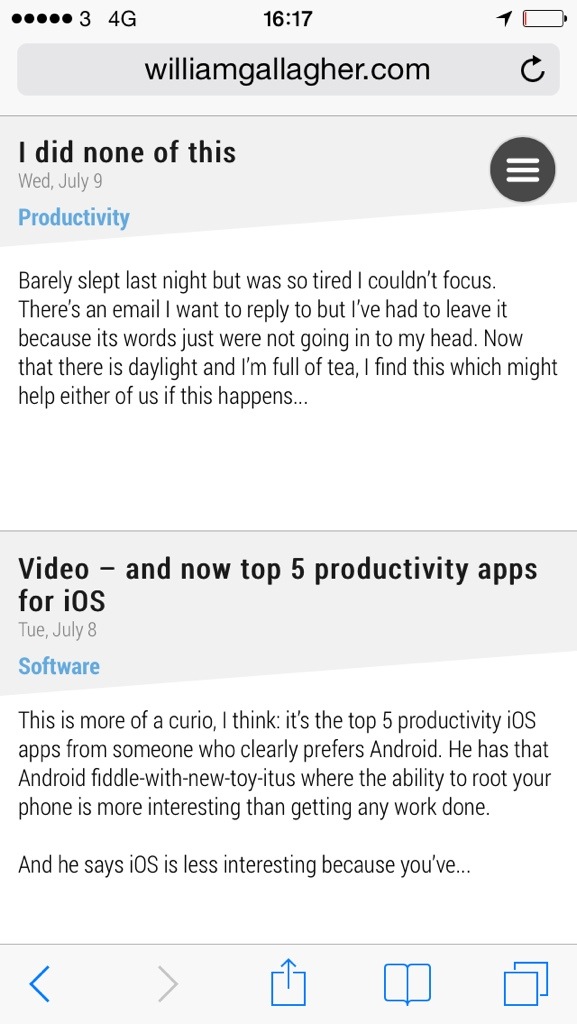By far, by very far, the most popular post on this Blank Screen site is one from April called Negotiate like the FBI. Don’t ask me why, but I get hundreds of spam comments through that one story, far more than through anything else. What does it tell us that spammers are attracted to tales of the FBI?
Its real point was how we can all in our pitch meetings use the same strategies that have meant the FBI saves lives. Not all the time, mind, but more than I would’ve pulled off. So there’s that.
Now there is the altogether less analogy-heavy advice from Ambassador Tommy Koh of Singapore. Not to knock the guy but if you want to be bored, go read the top of the Harvard Business Review article that reprints his advice. It begins with a CV that impresses as much as it dominates as much as you start quickly scrolling down to see what he’s got to say.
He has a lot. So much that Harvard doesn’t quote him all that much, they chiefly paraphrase in a list of key points that are all worth reading. Then they also have links out to videos of him. But here’s the one main direct quote from Koh:
The beginning of wisdom is to understand that we all live in our own cultural box. We should therefore make an attempt to understand the content of the cultural box of our negotiating counterparts. This will help us to avoid violating cultural taboos such as serving pork to American Jews or food that is not halal to our Malaysian or Arab friends. At a deeper level, it will help us to understand how our American, Chinese, and Malaysian friends think and how they negotiate. Armed with this understanding, we will able we will be able to customize our negotiating strategy and tactics to suit each negotiating partner.
Do read the full piece. Just scroll down a bit first.

